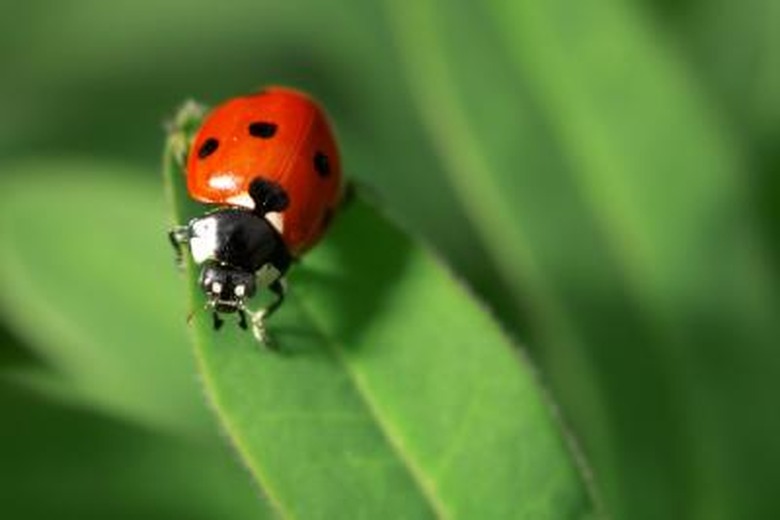Physical Address
Suite 5, 181 High Street,
Willoughby North NSW 2068
Physical Address
Suite 5, 181 High Street,
Willoughby North NSW 2068

Ladybugs, also known as ladybird beetles or lady beetles, belong to the Coccinellidae family of beetles. They are not, as their common name suggests, all female beetles. These cheerfully vibrant, orange- to red-hued, spotted little beetles are known for their beneficial control of aphids and other pests. While their rounded, spotted appearance does not immediately display a difference between females and males, there are subtle characteristics of sexual dimorphism.
While male and female ladybugs appear very similar, they do display subtle physical differences in size, shape and pigmentation. Additionally, females and males exhibit behavioral differences.
Ladybugs undergo a life cycle from egg, to larva, to pupa, to adult. Eggs hatch within three to five days. Upon hatching, ladybug larvae prove to be voracious eaters and consume the same prey as adults (typically aphids). Occasions of larval cannibalism occur. After the larvae molt, they enter the pupa stage. Adults then emerge from the pupa in the form of domed bodies in a vivid orange to red color, with black spots on their wings. Some ladybugs, however, have no spots at all. Adult ladybugs will consume thousands of pests over the course of their lives. Ladybugs aggregate in large numbers in colder seasons, and some ladybugs infiltrate people’s homes at these times. Ladybugs secrete a substance from their leg joints that tastes foul to potential predators, and the bright color and spot combination of a ladybug signals a warning to predators to avoid eating them. Ladybugs can produce many generations in a year’s time; these beetles live on average over a year.
Females tend to be larger than males. They can be distinguished from males by the shape of the distal margin of the seventh (fifth visible) abdominal sternite; in females, the distal margin is convex. Additionally, females display dark pigmentation of their labrums and prosternums. Female ladybugs do not mate during their overwinter phase. This is called reproductive diapause. Females require sufficient food for their fecundity; well-fed females will produce more eggs. In convergent lady beetles, the females cannot simply eat any fruit or nectar or pollen to aid fecundity – they must eat aphids or live prey to reproduce. Unmated female ladybugs release volatile sex pheromones in the presence of aphids to attract males. Ladybugs prefer to lay eggs near aphid colonies so larvae will have an ample food supply upon hatching. Females assess the fitness of aphid colonies based on their density, their secretions and any chemicals released by the aphids. Some female ladybugs are promiscuous, with clutches comprised of eggs fertilized by more than one male.
While they look very similar at first glance, male and female ladybug beetles display many interesting and sometimes subtle differences in both appearance and behavior.